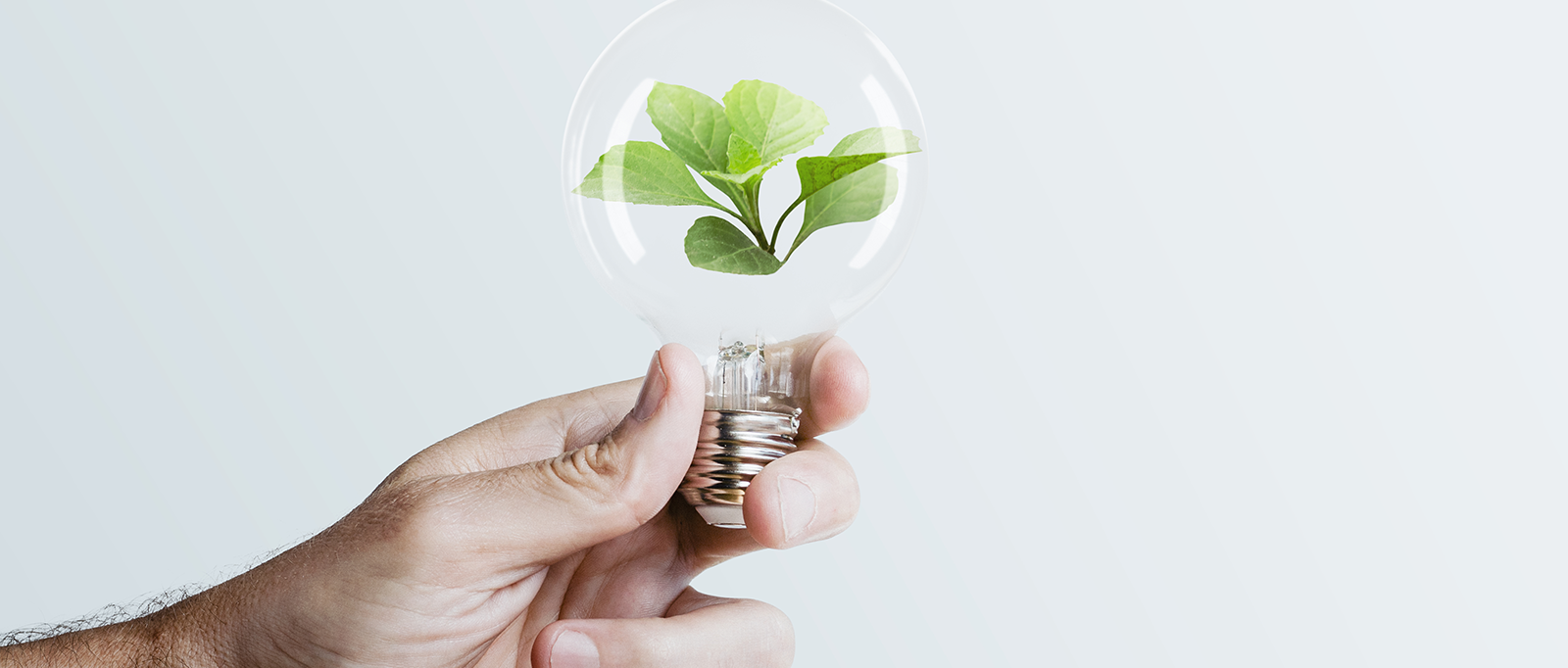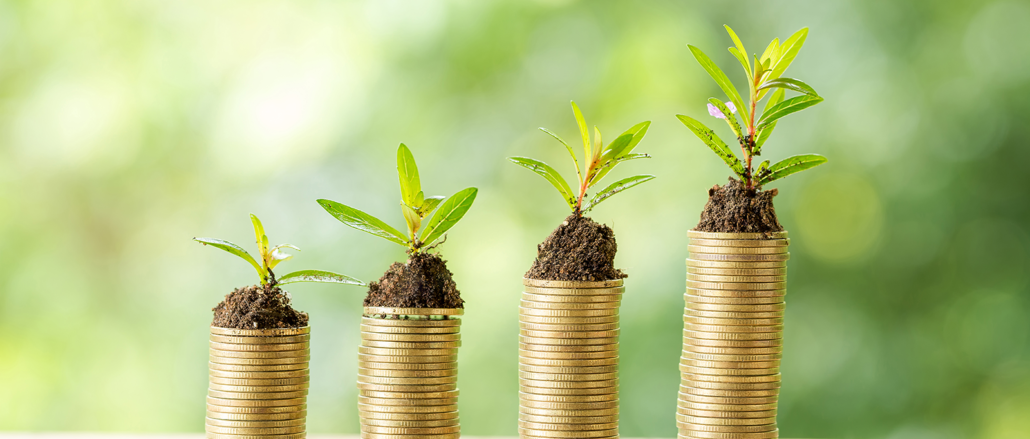
Definition: circular economy
L’circular economy consists in producing goods and services in a sustainable way by limiting the consumption and wastage of resources and the production of waste. The aim is to move from a throwaway society to a more circular economic model (Ministry for Ecological Transition).
What is the objective of the circular economy?
The circular economy is a new economic model that aims to teach economic players how to consume again. The aim is to move from a « throwaway » society to a sustainable economy that respects the environment. The circular economy is one of the key players in our society’s energy and ecological transition.
Where does the circular economy come in?
The circular economy intervenes at different levels of the ecological transition:
Sustainable sourcing Sustainable sourcing: involves taking into account the environmental and social impact of the extraction and use of material resources. The extraction, production, use and consumption of these resources can cause pollution, CO2 emissions, the destruction of flora and fauna…
Ecodesign Ecodesign: Environmental protection is integrated throughout the life cycle of a product or service, right from the design stage. The aim is to reduce the environmental impact of products, from the extraction of resources to the production of the final product.
Industrial and territorial ecology The aim is tooptimize the use of resources in a given area. To achieve this, a number of economic players synergize and pool different types of resources.
Functional economy A system that favors use over the sale of a product. In other words, the offer adapts to the real needs of the various economic players, taking sustainable development into account.
Responsible consumption Consists in consuming goods and services with an eye to sustainable development. This style of consumption is more respectful of both the environment and the consumer.
Extending useful lifeExtending the life of manufactured products reduces their environmental impact. It’s about changing the linear production and consumption model (extract, produce, consume, throw away) for the circular economy model (eco-design, responsible consumption, extending product life, sorting and recycling).
Improving preventionand management and recycling In other words, it’s all about prevention and raising awareness of waste management and recycling.
Since February 10, 2020, the anti-waste law or AGEC lawlaw, puts the spotlight on the circular economy. This law covers 5 major objectives: to get out of the disposable era; to better inform consumers; to fight against waste and for solidarity re-use; to act against programmed obsolescence; to better produce. To find out more about the AGEC Act, read our article on the subject.
CircularPlace was created on the basis of this circular economy model.
With this in mind, CircularPlace has developed a marketplace for the resale of your unsold non-food products between professionals, and puts you in touch with non-profit organizations to recover your products.
You can also opt for a white label solution that will allow your company to circularize your equipment internally and to engage your employees around ecological themes.
Don’t throw away any more, opt for the second hand!
Read also
Questions about CircularPlace?
Want to follow us?
Subscribe to our newsletter!



